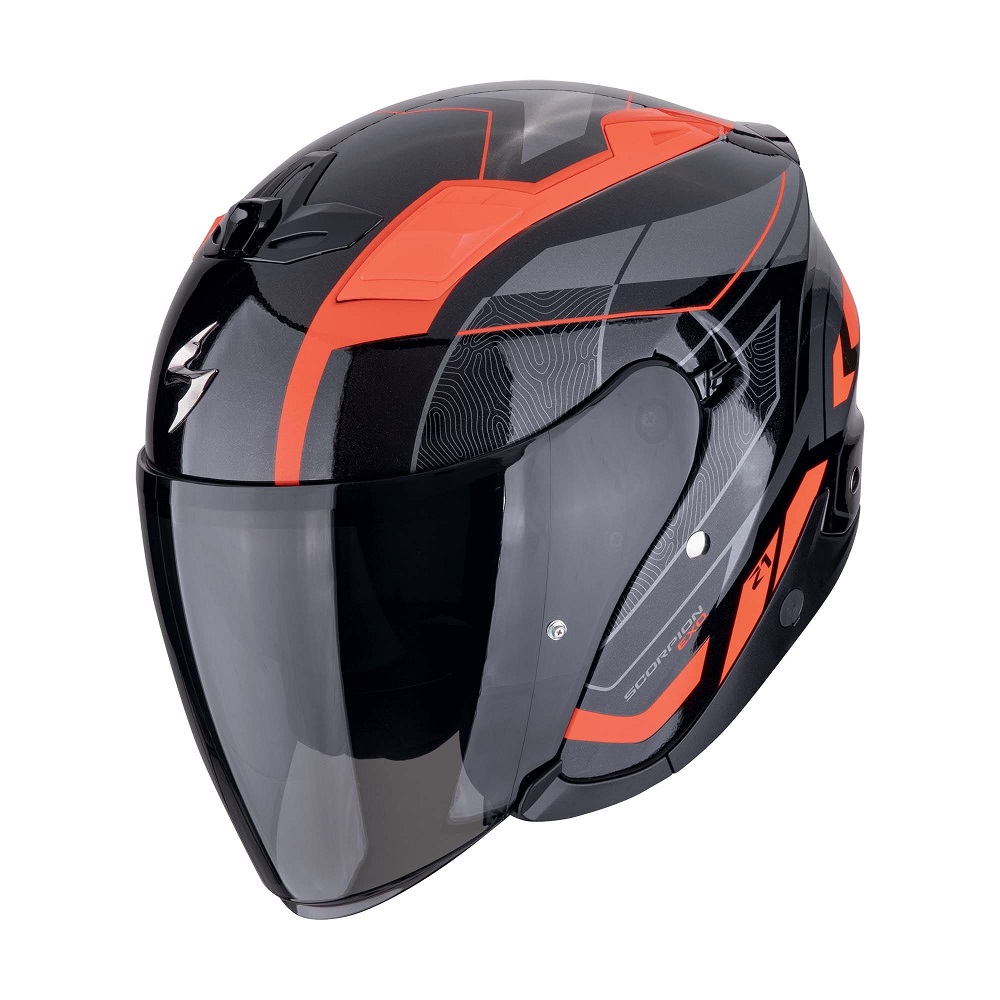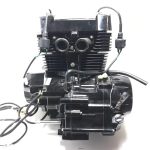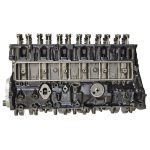Motorcycling offers a thrilling experience, but it also comes with inherent risks. As a rider, prioritizing safety is crucial, and one of the most important pieces of gear is the motorcycle helmet. New advancements in helmet design and technology are making them safer and more comfortable than ever. This article explores the latest innovations in new motorcycle helmets, focusing on key safety features that every rider should know.
The Importance of Motorcycle Helmets
Essential Protective Gear
Wearing a motorcycle helmet is not just a legal requirement in many places; it is essential for rider safety. A helmet protects the head in the event of an accident, significantly reducing the risk of severe injury or death. The majority of motorcycle fatalities involve head injuries that could have been prevented with proper helmet use. Investing in the right helmet can save lives and enhance confidence on the road.
Evolving Safety Standards
Motorcycle helmet safety standards have evolved over the years. Various organizations set forth regulations that helmets must meet to be considered safe. These standards evaluate the helmet’s ability to absorb impact, resist penetration, and remain securely in place during a crash. Newer helmets are subjected to more rigorous testing protocols to ensure they provide the highest level of protection while maintaining comfort and usability.
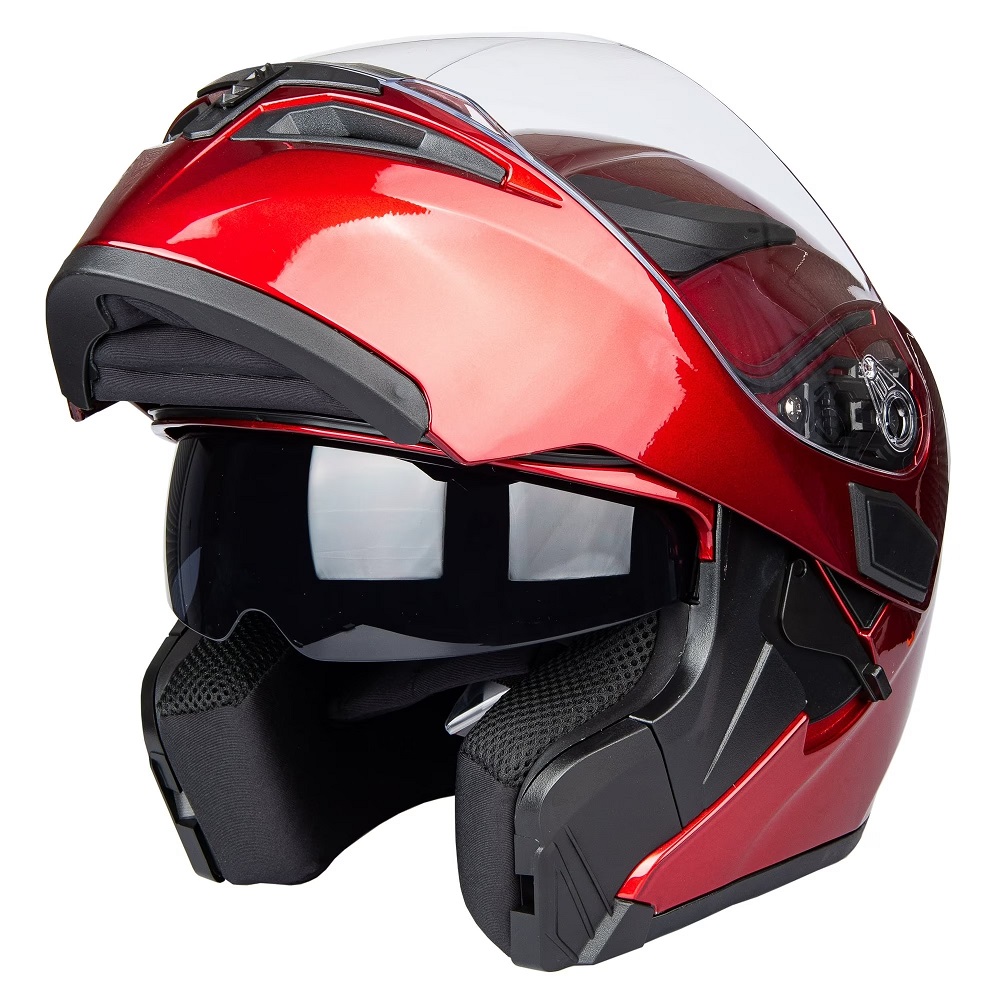
The Role of Educated Choices
Choosing the appropriate helmet is critical for safety. Riders selecting helmets should consider the materials, construction, and fit. Understanding the latest innovations in helmet technology allows riders to make informed decisions regarding their safety gear. Well-informed choices can mean the difference between life and death during an accident.
Materials and Construction Innovations
Advanced Shell Materials
The outer shell of a motorcycle helmet serves as the first line of defense against impacts. New helmets are increasingly constructed from advanced materials such as polycarbonate, fiberglass, and Kevlar. Polycarbonate shells are lightweight yet incredibly strong, providing excellent protection without adding excessive weight. Fiberglass offers a similar balance but may provide a slightly more robust structure. Kevlar, known for its use in bulletproof vests, offers high strength and impact resistance, making it an excellent choice for premium helmets.
Multi-Density Foam Liners
Inside the helmet, the foam liner plays a critical role in impact absorption. New helmets often utilize multi-density foam liners designed to manage a range of impact forces. Using different foam densities allows the helmet to absorb energy more efficiently, reducing the force transmitted to the rider’s head during a crash. The addition of strategically placed channels or ventilation systems can also enhance airflow while maintaining the integrity of the liner.
Improved Ventilation Systems
Comfort is essential for long rides, and ventilation systems are a key feature in newer helmet designs. Advanced ventilation systems keep riders cool by promoting airflow, reducing the likelihood of heat buildup during hot weather. Proper ventilation helps alleviate fatigue, increasing comfort during extended rides. Many modern helmets include adjustable vents, enabling riders to customize airflow based on their preferences.
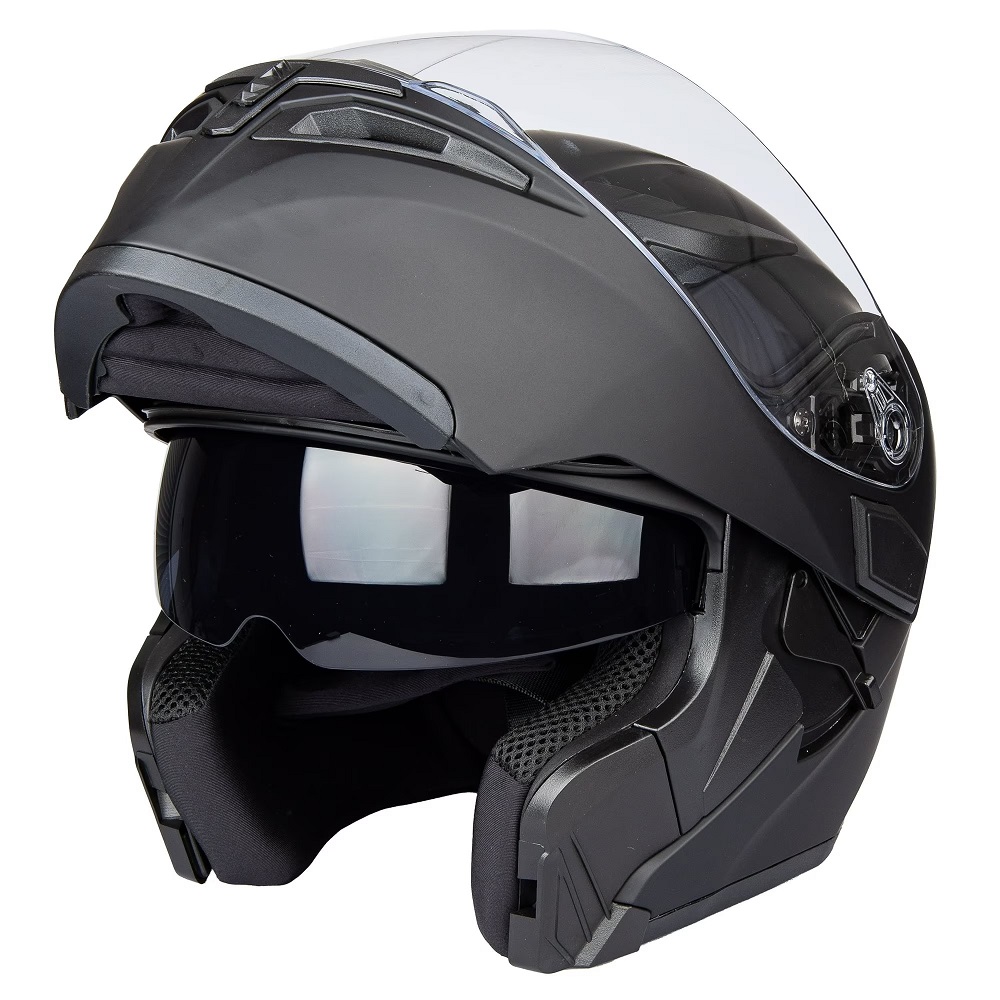
Enhanced Safety Features
Impact Sensors
One of the most innovative features in modern new motorcycle helmets is the inclusion of impact sensors. These sensors can detect when a helmet has experienced a significant impact and alert emergency contacts or services. Some helmets can sync with smartphones to provide real-time information about the rider’s condition after a crash. This technology ensures timely assistance, which can be crucial in serious situations.
Emergency Release Systems
An emergency release system is another feature that enhances rider safety. In the event of an accident, first responders can have difficulty removing a helmet without risking further injury. Helmets equipped with emergency release systems enable quick and safe removal without compromising the helmet’s structure. This feature is essential for minimizing potential harm when medical assistance is needed.
Reflective Elements for Visibility
Visibility is an important aspect of motorcycle safety, especially in low-light conditions. Newer helmet designs often incorporate reflective elements to increase visibility to other road users. These reflective strips or logos make it easier for drivers to see motorcyclists when riding at dusk or in bad weather. Enhanced visibility contributes to accident prevention and can help keep riders safe on the road.
Choosing the Right Fit
Importance of Proper Sizing
Finding the right fit is essential for the effectiveness of any motorcycle helmet. A well-fitted helmet provides adequate protection, while one that is too loose or tight can be uncomfortable and reduce safety. Riders should measure their head circumference to determine the correct size according to the manufacturer’s sizing chart. A properly fitting helmet will feel snug but not excessively tight.
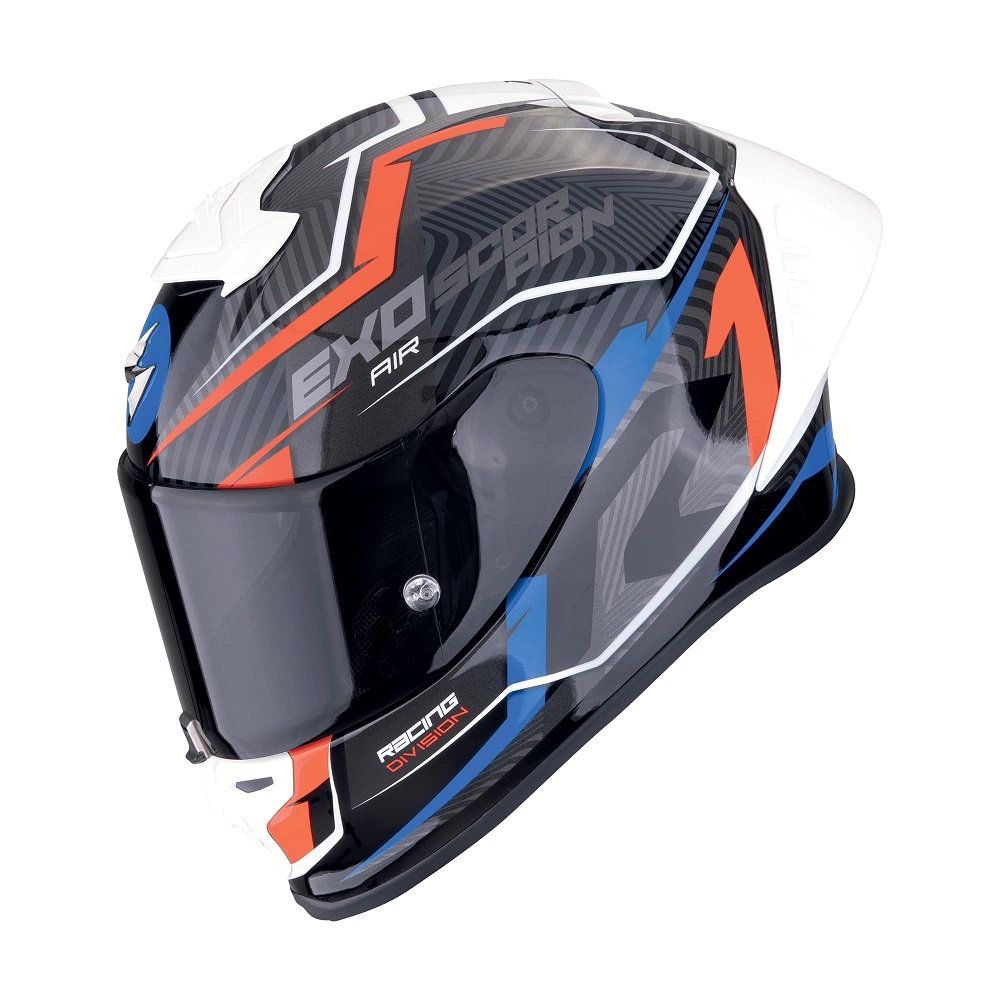
Comfort and Adjustment
Many modern helmets come with adjustable components to improve comfort and fit. Look for features like removable padding, adjustable cheek pads, and internal fit adjustments. These features allow for a customizable fit that adapts to your head shape. Riders should take the time to adjust and wear the helmet for a short period before purchasing to ensure it feels comfortable during use.
Safety Certifications
When evaluating a helmet, always check for safety certifications. Organizations like the Department of Transportation (DOT), Snell Memorial Foundation, and the Economic Commission for Europe (ECE) provide standards for safety performance. A certified helmet meets specific impact and penetration criteria, ensuring it offers a reliable level of protection. Always prioritize helmets with these certifications to ensure maximum safety.
Maintenance Tips for Longevity
Regular Cleaning
To maintain the condition of new motorcycle helmets 2025, regular cleaning is essential. Both the exterior and interior should be cleaned periodically to remove dirt, sweat, and oils from the skin. Use mild soap and water for the outer shell, and avoid harsh chemicals that may damage the helmet’s finish. The inner lining can often be removed for easier cleaning.
Inspection for Damage
Riders should regularly inspect their helmet for signs of damage. Check for cracks, dents, or changes in shape, as these can compromise the helmet’s safety. If any damage is found, it may be time to replace the helmet. Even small impact damages that do not appear severe could affect its protective capabilities.
Proper Storage
When not in use, proper helmet storage is crucial for maintaining its integrity. Store the helmet in a cool, dry place away from direct sunlight. Avoid placing heavy objects on top of it, which can cause deformation. Consider using a helmet bag or padded case for extra protection. These practices ensure that your helmet remains in peak condition for years.
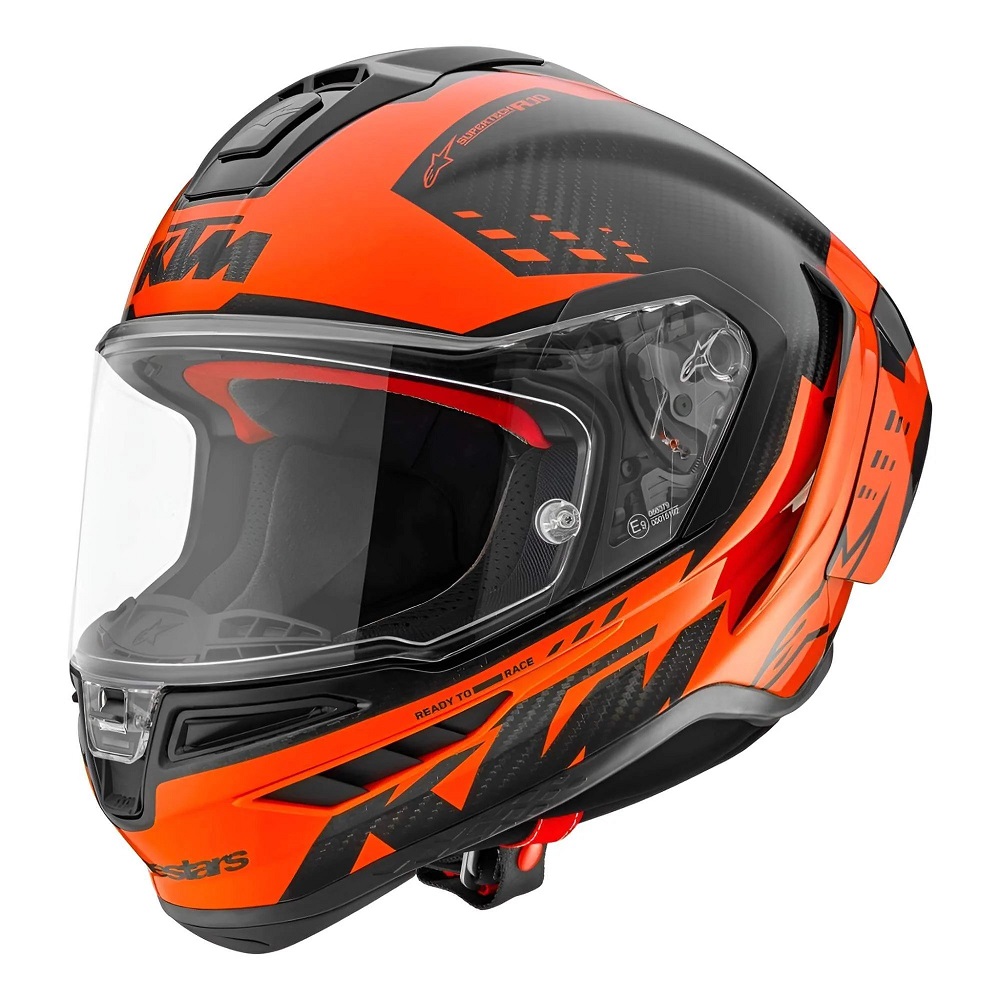
Embracing Innovation in Helmet Design
Customizability Options
As technology advances, many manufacturers are now offering customizability features in their helmets. Riders can often choose their colors, designs, and graphics. Customization allows riders to express their unique style while enjoying protection. This trend has led to increased demand for personalized helmets that reflect individuality.
Smart Helmet Technology
Smart helmet technology is on the rise, with features that enhance the riding experience and improve safety. Some helmets now come with built-in Bluetooth connectivity, allowing riders to connect to their smartphones for navigation and communication. These helmets often include speakers and mics for hands-free operation, providing convenience while riding. This integration of technology contributes to a more connected and enjoyable riding experience.
Future Developments
The future of new motorcycle helmets looks promising, with ongoing innovations continuously being developed. Manufacturers are investing in research to enhance safety features, improve comfort, and integrate advanced technologies. As more advancements become available, riders can look forward to even better protection, making motorcycle riding a safer and more enjoyable activity.
The Role of Community and Awareness
Fostering a Safety Culture
Throughout the motorcycle community, fostering a culture of safety is essential. The importance of wearing a certified helmet should be emphasized in discussions among riders. Sharing information about the latest helmet technologies and safety practices can encourage a proactive approach to riding. Engaging in conversations about helmet safety helps strengthen the community and promotes responsible riding habits.
Organizing Events
Motorcycle clubs, organizations, and retailers often host events focused on riding safety, including workshops on helmet usage and maintenance. Participating in these events can enhance understanding and promote safety within the riding community. These gatherings provide opportunities to learn from experienced riders and experts, fostering a deeper appreciation for helmet technology and usability.
Education and Advocacy
Many organizations advocate for helmet safety and raise awareness about the effectiveness of proper gear. By promoting education concerning helmet safety ratings and effective maintenance practices, these initiatives empower riders to make informed choices. Efforts to dispel myths about helmet usage help build a safety-focused community that prioritizes protection on the road.
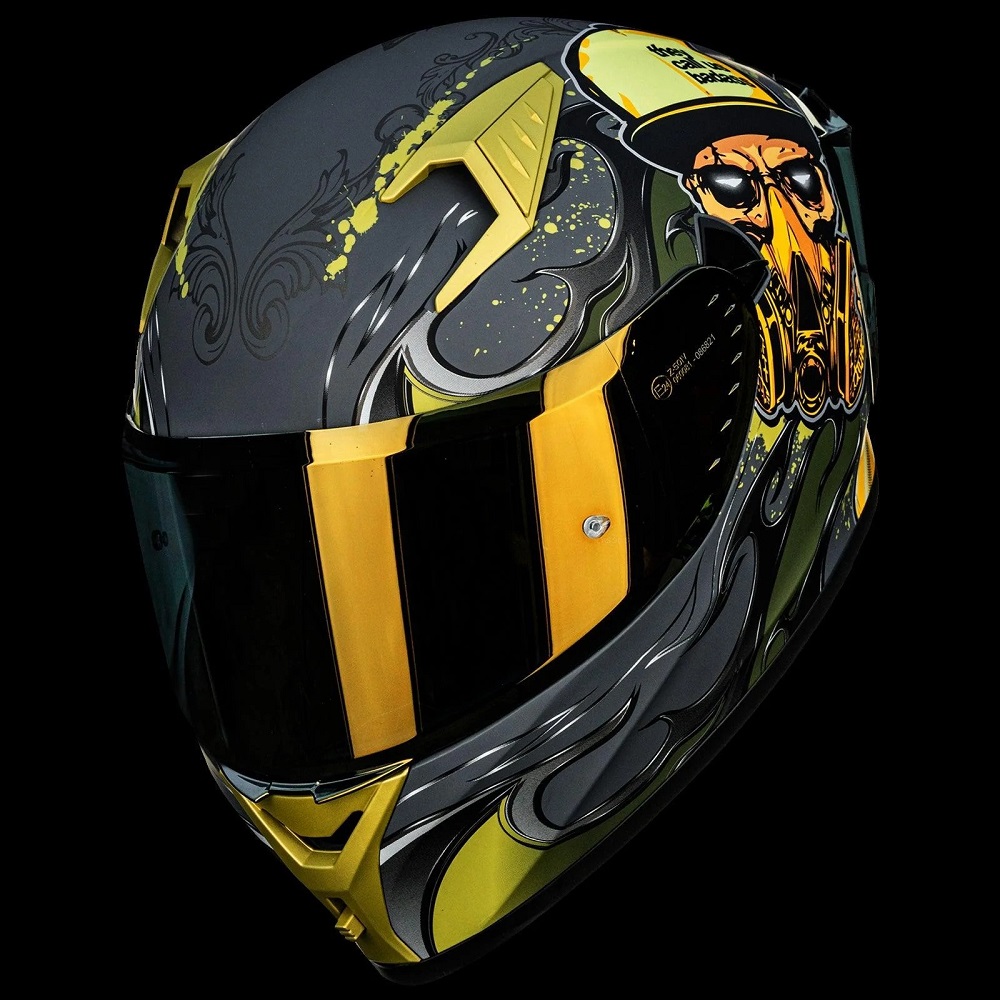
Conclusion: Prioritizing Safety in Motorcycle Riding
In conclusion, choosing the right new motorcycle helmets are critical decision for every rider. With the numerous innovations designed to enhance safety and comfort, riders have more options than ever before. Understanding the key features of new motorcycle helmets, their impacts on safety, and the importance of proper care can significantly influence your riding experience.
Invest in Your Safety
By investing in a high-quality motorcycle helmet, you are prioritizing your safety and well-being on the road. A helmet that aligns with your personal style and meets safety certifications ensures you get the best of both worlds. Take the time to research and understand the many options available to select the right helmet for your needs.
Stay Engaged with the Community
Finally, engage with the motorcycle community to stay informed about helmet safety and innovations. Sharing knowledge and experiences can lead to better choices and awareness among riders. Fostering a culture of safety will only strengthen the motorcycle riding community and promote responsible riding practices.
Enjoy the Ride
Ultimately, riding should be an enjoyable experience. By prioritizing safety through proper helmet selection and maintenance, you can focus on the thrill of the journey. Embrace the freedom of the open road with confidence, knowing that you’ve made informed choices that keep you protected while you ride. Whether you are navigating busy streets or exploring winding back roads, a safe ride is a happy ride.
